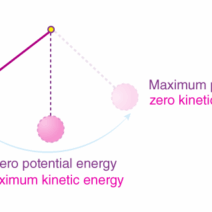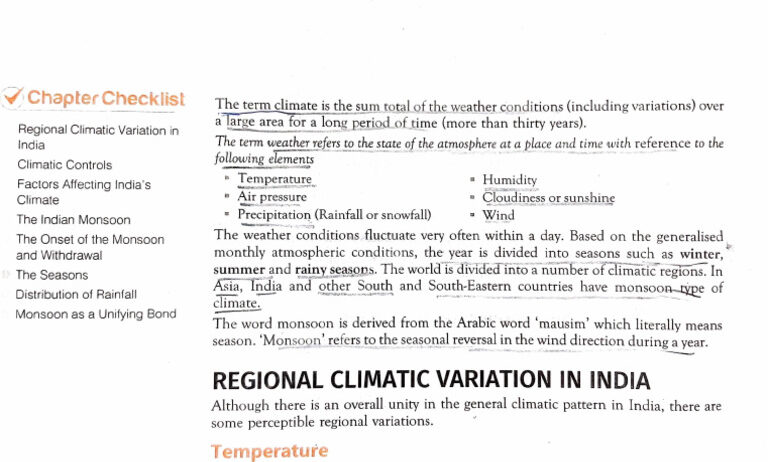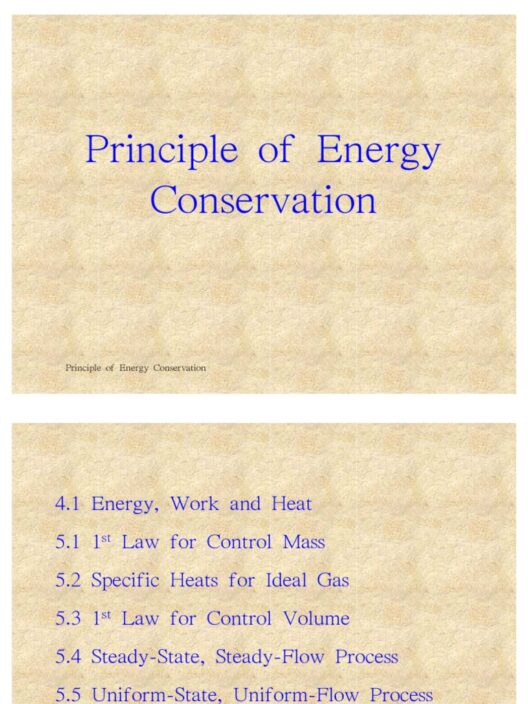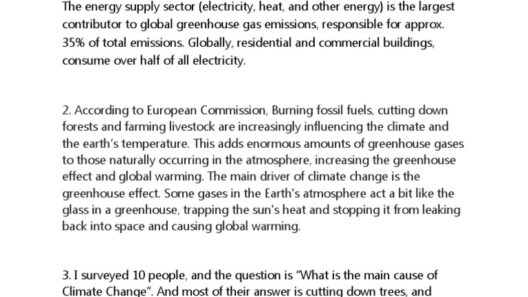Climate is a term that resonates with the very essence of Earth’s identity, encompassing a vast array of phenomena, processes, and interactions that dictate how our planet functions. At its core, climate refers to the long-term patterns of temperature, humidity, wind, and precipitation that characterize a specific region over extended periods, typically 30 years or more. This intricate tapestry is woven together by the disparate threads of atmospheric conditions, celestial mechanics, and terrestrial interactions.
In order to better understand climate, one must first delve into its foundational component: the atmosphere. The Earth’s atmosphere is an envelope of gases that surrounds our planet, acting as a protective shield against the harshness of outer space while playing a pivotal role in the sustenance of life. This atmospheric blanket is composed primarily of nitrogen (78%) and oxygen (21%), with trace amounts of argon, carbon dioxide, and other gases that play critical roles in both the environmental processes and our health.
As we unravel the mysteries of climate, we encounter the concept of *climatic zones*, which categorize regions based on their temperature profiles, moisture levels, and prevailing wind patterns. From the torrid zones, where the sun beats down relentlessly, to the frigid and austere polar regions, our planet showcases a diversity of habitats shaped by these climatic classifications. Each zone not only harbors distinct ecosystems but also imparts a unique identity to the culture and lifestyle of its inhabitants.
The interplay between sunlight and the Earth’s rotation is a fundamental driver of climatic variations. The sun’s rays strike the Earth at varying angles, resulting in differences in heat absorption that create atmospheric circulation patterns. This phenomenon manifests in wind currents, oceanic currents, and the distribution of rainfall, highlighting the fluidity and dynamism of climate systems. It poses a critical question: how can humans harness this knowledge to influence our relationship with the environment?
One of the more enigmatic components of climate science is the *greenhouse effect*. This natural process, crucial for life on Earth, involves certain gases—primarily carbon dioxide, methane, and nitrous oxide—trapping heat within the atmosphere. While this effect is vital in maintaining temperate conditions, human activities, particularly the burning of fossil fuels and deforestation, have precipitated an exponential increase in greenhouse gas concentrations. The resultant enhancements to the greenhouse effect have engendered a stark warming trend, leading to global climate change, the implications of which are both far-reaching and alarming.
Climate is more than just temperatures and rainfall; it is also a tale of resilience and adaptation. The concept of *climate resilience* refers to the capacity of social, economic, and environmental systems to withstand and adapt to the impacts of climate change. This essential trait is contingent upon understanding the predictive models and the implications of climate variability. For instance, the increase in extreme weather events—such as hurricanes, floods, and droughts—underscores the need for robust infrastructure and proactive planning that can mitigate the risks posed by an increasingly capricious climate.
Moreover, studying climate opens a Pandora’s box of environmental interconnections. It leads to the examination of *biogeochemical cycles*, such as the carbon cycle, which elucidates how carbon flows through different spheres of the Earth—atmosphere, hydrosphere, lithosphere, and biosphere. These intricate cycles underscore how alterations in climate can have ripple effects across various ecosystems, illuminating the interconnectedness intrinsic to our planet.
The human impact on climate cannot be overstated. As the industrial revolution ushered in unprecedented energy consumption and resource extraction, the repercussions began to manifest starkly. Awareness of issues like ocean acidification—a direct consequence of increased atmospheric carbon dioxide—has heightened calls for environmental stewardship. The oceans, which absorb about a quarter of human-generated carbon emissions, are becoming less hospitable to marine life. This underscores how human decisions today irrevocably shape our planet’s future.
One encouraging aspect of the climate dialogue is the burgeoning movement towards *sustainability*. This ethos emphasizes reducing resource consumption, employing renewable energy sources, and adopting lifestyle choices that foster environmental equilibrium. From solar energy to electric vehicles, innovations are shaping a framework that holds great promise for reversing some of the damage inflicted upon Earth’s climate.
Yet, fostering a sense of urgency is imperative. Advocating for informed political decisions, green technologies, and community initiatives can unite individuals in the quest for climate justice. Engaging in conversations surrounding climate change, whether at home or in public forums, cultivates an informed populace ready to confront the challenges head-on.
As we ponder the intricacies of climate, it becomes apparent that understanding the Earth’s atmosphere engine not only demands a scientific approach but also a philosophical one. It invites a shift in perspective—prompting us to view ourselves as stewards of the Earth rather than mere inhabitants. This realization can instill a sense of responsibility towards future generations, compelling us to seek harmony with nature.
In conclusion, the complexity of climate and its encompassing atmosphere can ignite curiosity about our planet’s workings. As we stand at this crucial crossroads, armoring ourselves with knowledge is not merely beneficial; it is necessary. The time has come to delve deeper, engage more passionately, and take meaningful action to safeguard the future of Earth’s climate and the myriad forms of life that depend on it.





